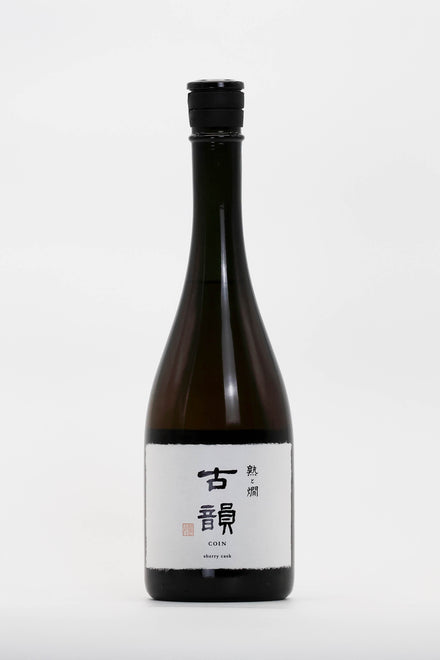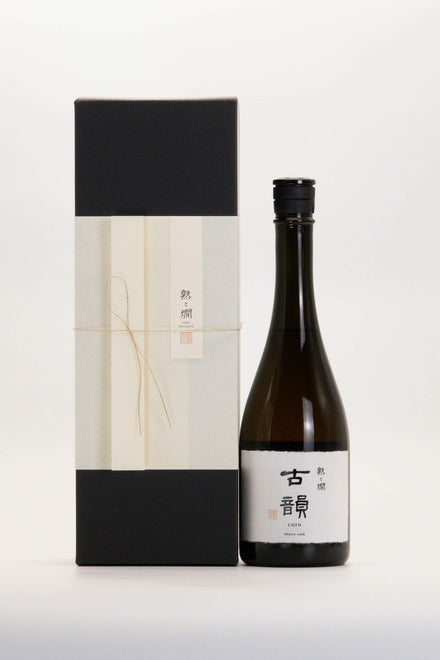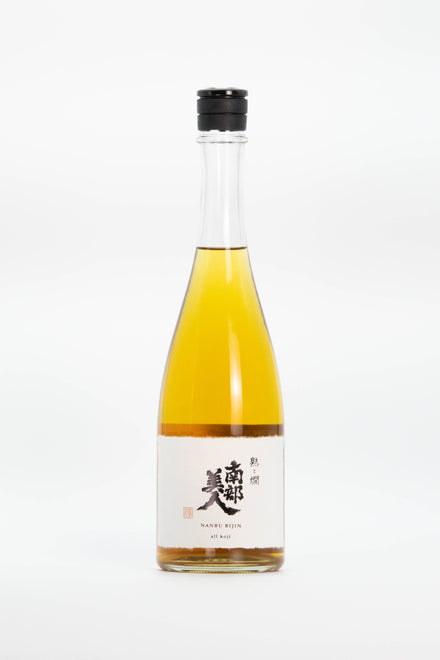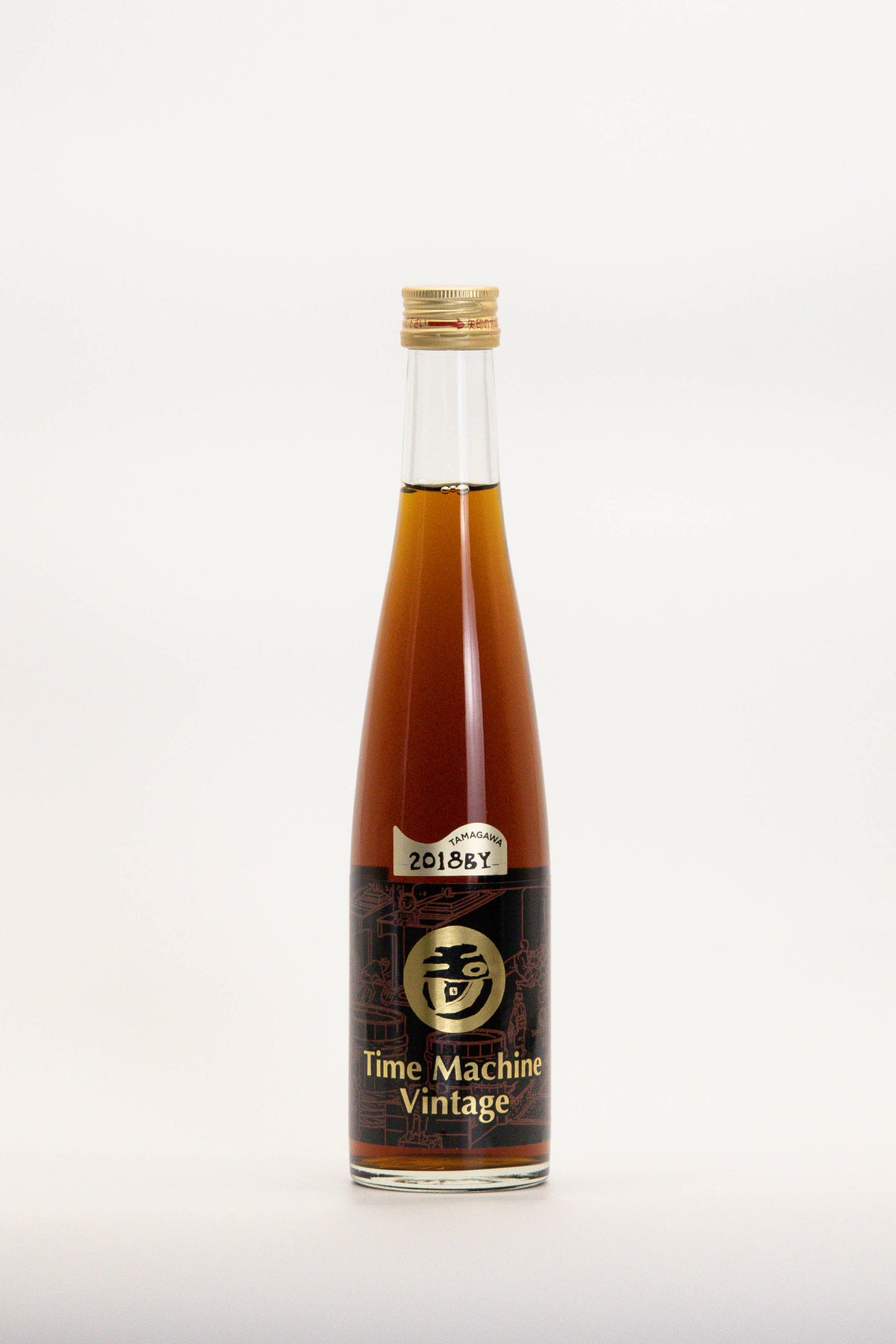
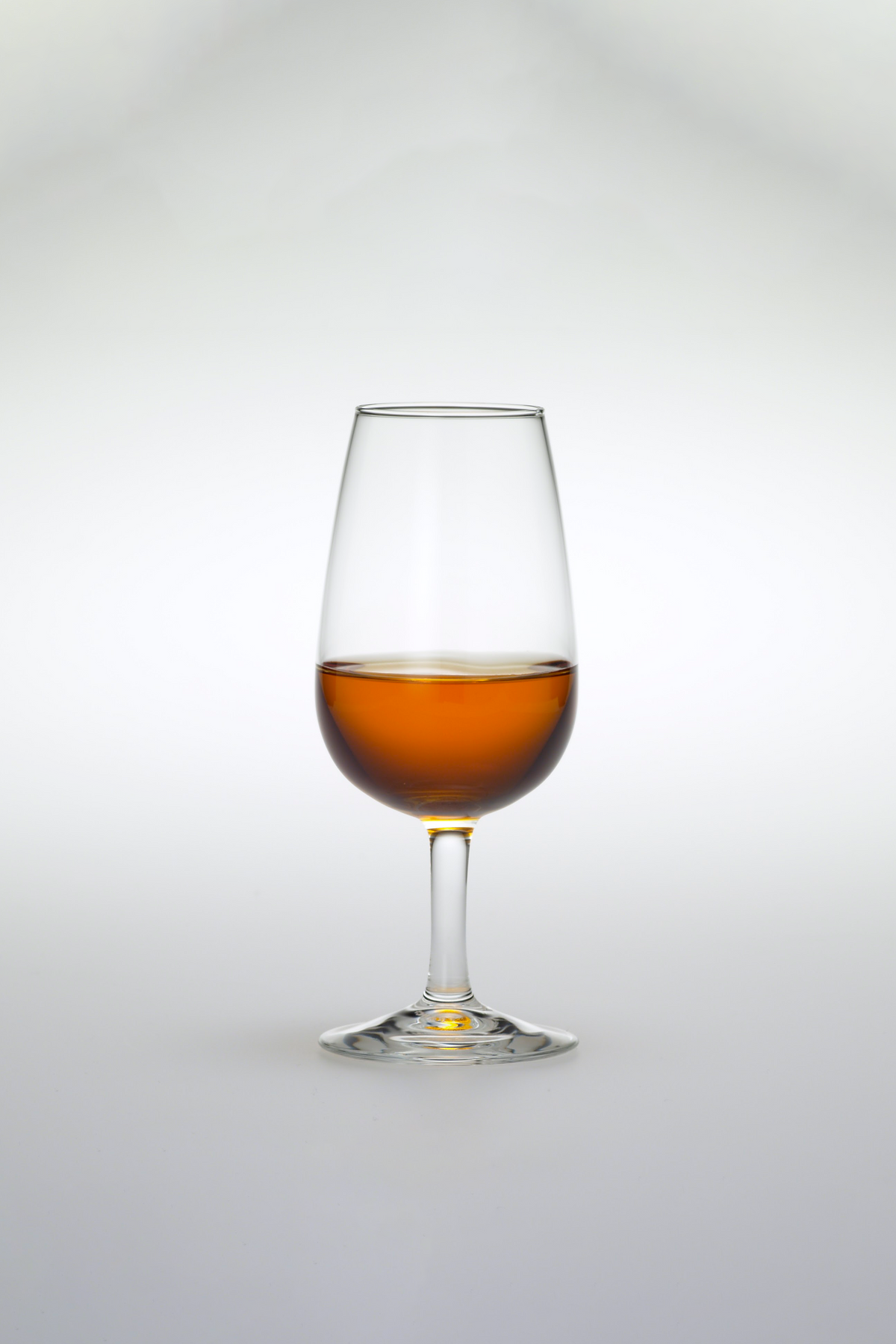
Time Machine Vintage is a new version of the brewery's popular Time Machine sake made using a manufacturing method from the Edo Period(1603-1867). It has been further matured to add clarity to its rich sweetness, the acidity that supports it, and umami taste packed with amino acids.
Tamagawa Time Machine “Vintage”
| Vintage | 2018BY |
| Years aged | 6 years |
- 2010 or later
- All Products
- Amber
- Less than 5,000 yen
- With dessert and/or as an after-dinner drink
- 5-9 years
- Brewer:
- Alcohol:11 or more and less than 12 %
- Volume:360ml
Couldn't load pickup availability
[ Drinking alcohol under the age of 20 is prohibited by law. ]
Time Machine Vintage, crafted using a rare manufacturing method dating back to the Edo period, stands out with its unique richness and composition. It boasts seven times more acids and amino acids than modern ginjo-type sake.
Fresh out of the tank, the regular Time Machine is already a dark color, a pale amber more commonly associated with sake that is five to ten years old. The Vintage version gains clarity over time, and its color, aroma, and taste condense. The aroma it displays in its youth, which is somewhat reminiscent of mitarashi dango (Japanese rice dumplings), changes over time, and elements such as dried fruit, soy sauce, chocolate, and coffee, which are not often used as metaphors for the taste and aroma of sake, are added, creating a complex symphony of aromas.
The power of abundant ingredients (organic acids and amino acids) that are impossible to produce using modern brewing methods is what gives the sake its titular accelerated aging aesthetic that would normally require five to ten years of maturation to achieve.
Time Machine Vintage has been matured at room temperature for more than three years, which allows the speed of change in color, taste, and aroma, as well as its potential, to be expressed beautifully.
With its unique blend of flavors, it pairs exceptionally well with ice cream, particularly vanilla and matcha, and also complements the bitterness of dark chocolate, offering a delightful sensory experience.
- about
-
Type Junmai Rice polishing ratio 88% Yeast type No yeast additives Ingredients/raw materials rice, rice koji Rice type Kitanishiki Origin of rice Hyogo Prefecture (Tajima) Toji(Brew Master) philip harper Assemblage 無
- Recommended occasions/temperature
-
- How to store
-
- Delivery dates and charges
-
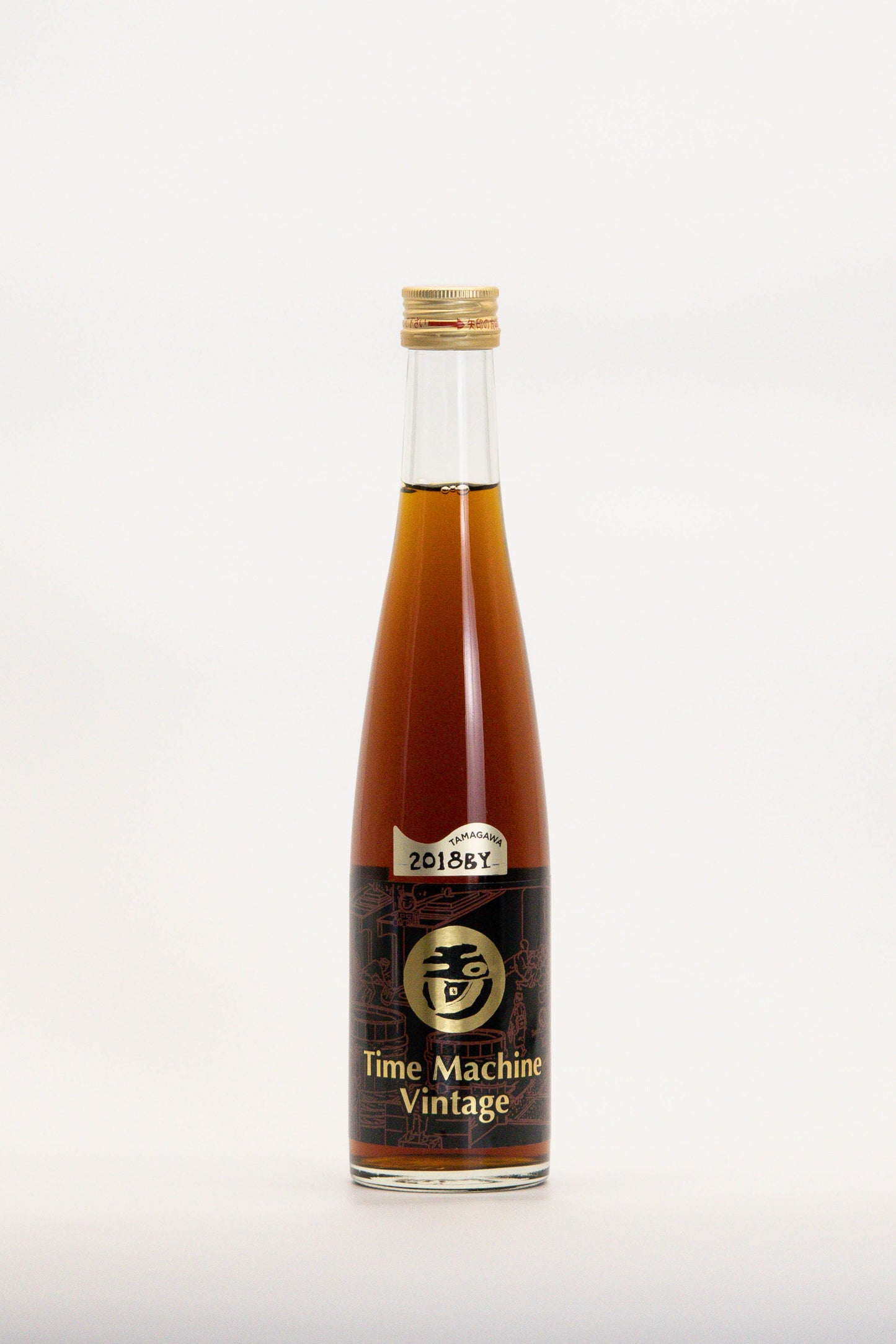

Tasting comments
-
Hidekazu Ishiwata
(Former National Tax Bureau Chief Appraiser)(chilled)
A robust mature nose with a slight burnt aroma and a blue cheese aroma.
It flows smoothly over the tongue with a wonderful caramel-like sweetness.
Everything is brought together into a tight package by the acidity before ending with a clean finish.
(warm)
Burnt taste, sweet chestnut scent.
A sweetness and sharp acidity fill the mouth.
After a while, the palate opens up into a wide variety of flavors and tastes.
The highlight is the variety of characteristics, particularly the chestnut-like flavor.
-
Akiko Toda
(Director of ITTEKI, Japan Sake and Meat Research Institute)(chilled)
The aroma is like sweet baked potato with a dash of rum. These characteristics are also quite noticable in the mouth. It also has a beautiful scent like a well-constructed Consomme soup broth.
I think this would be delicious poured over vanilla ice cream or with baked goods.
For a food match, I think perhaps gratin.
(warm)
The aroma is still very much baked potatoes. For some reason, the taste becomes clearer when heated. It is delicious warm, but lacks a bit of depth, so around body temperature is the probably the best serving temperature for highlighting its umami. -
Yuji Yamauchi
(Yushima Tenjinshita Sushi Hatsu 4th generation / 1st JSA SAKE DIPLOMA competition winner)(chilled)
The aroma has a complexity and depth, with notes of sauces like soy sauce, and beef stew that is very compelling. The taste is similar to Consomme soup with a similar texture.
It's deep and satisfying with a crunchy quality.
(warm)
Warming brings out the the sweet potato flavor and soft sweetness. The inherent sweetness and hearty flavors of the koji will only become more nuanced over time. However its this sake's texture and sweetness, like licking sweet potato syrup, that makes it one of a kind.
Brewer
- Choosing a selection results in a full page refresh.
- Opens in a new window.

